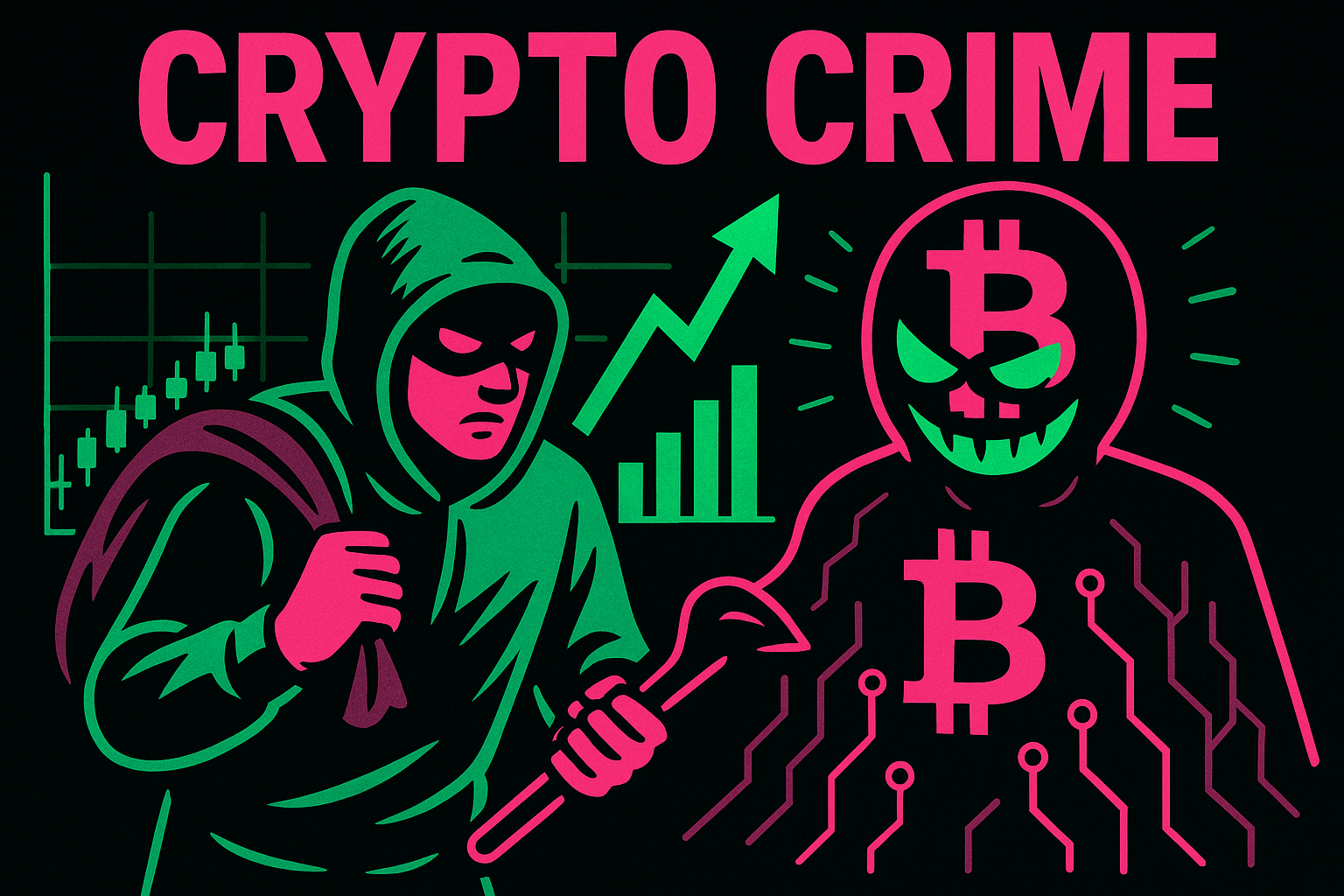This isn’t another FTX post-mortem. The real danger is quieter, sneakier, and happening as you read this. I’ve noticed people glaze over the moment you bring up smart-contract exploits or cross-chain bridges, but that’s exactly where the sharks are circling.
Here’s What Actually Happened Overnight
News broke late last night—again tucked away in a Discord screenshot rather than a headline—that two mid-sized DeFi protocols, Hundred Finance on Optimism and Euler’s fork on a lesser-known L2, lost a combined $11.4 million in flash-loan-powered oracle manipulation. I know, the jargon is a mouthful, but the money moved in under 18 seconds. Block explorers barely kept up.
If you’re keeping score, Chainalysis says DeFi exploits totaled $3.1 billion in 2022, and 2023 didn’t calm down—$1.8 billion in the first half alone. The market’s still nursing that bruise, yet liquidity keeps flowing because yield farmers can’t resist double-digit APY. I can’t blame them; I’ve been tempted, too.
Now Here’s the Interesting Part
Attorney Jennie Levin, who’s been buried in blockchain-forensics subpoenas for months, tells me regulators are still working from a 2020 playbook. ‘They’re chasing fraud after it detonates,’ she said in a Spaces call this morning, ‘while smart-contract crime is going cross-chain.’
Cross-chain is the operative word. Bridges like Wormhole, Ronin, and Harmony’s Horizon have bled over $2 billion since 2021. Mixers such as Tornado Cash (sanctioned) and the newer, stealthier Railgun scatter the loot. I think the cat-and-mouse dynamic just leveled up—OFAC can sanction one contract address, but good luck catching a recursive zk-proof mixer spinning out fresh addresses every block.
Platforms and Tools You Ought to Know
• Immunefi—the bug-bounty hub paying out $66 million to white-hats so far.
• TRM Labs and Elliptic—they’re the chain-analytics bloodhounds regulators love.
• Slither and MythX—static analyzers devs swear by, although exploits still slip through.
• LayerZero—promising safer bridging, but skeptics say attack surface just moves a layer down.
In my experience, half the community hasn’t touched these tools. They assume audit = safe. It’s not. Audits are snapshots; code mutates. Upgrades push unvetted logic into production while everyone’s asleep. I almost missed a risky proxy upgrade on a farm I was staking in last month—only caught it because a buddy pinged me in Telegram.
Why This Matters for Your Portfolio
Markets reacted instantly to last night’s exploits. OP dropped 4% in two hours. ETH shrugged—down 1%—but gas spiked to 74 gwei as arbitrage bots went wild. If you’re holding wrapped assets on bridges, you might want to check the custodial wallets. I can’t tell you how many times I’ve seen depegs start with a rumor in a Discord server.
‘Illicit transactions made up only 0.24% of total crypto volume in 2023, but the damage to trust is 100%.’ —Chainalysis 2024 Crime Report
That stat sounds reassuring until you realize traditional markets count fraud in basis points, not quarters of a percent. One more Ronin-sized hack and we’ll be trending on evening news again—for all the wrong reasons.
Where the Regulators Stand—Or Stumble
The SEC is busy lobbing Wells notices at Coinbase and Uniswap while ignoring multi-sig governance attacks. Meanwhile, Europe’s MiCA framework doesn’t even mention cross-chain bridges explicitly. Levin argues that lawmakers can’t regulate what they can’t define. I get it—it’s confusing. Even seasoned devs argue about what constitutes a ‘bridge’ versus a ‘router.’
I’ve seen proposals for real-time audit oracles—think Chainlink but for security alerts—plugged directly into Layer-1 consensus. Sounds sci-fi, yet Vitalik hinted at something similar in a recent blog post. If that happens, front-running an exploit could become as automatic as MEV sandwiches. Until then, expect more patch-and-pray.
My Tangential but Relevant Thought
Remember when Mt. Gox collapsed and everyone said bitcoin was dead? We’re weirdly resilient. But resilience breeds complacency. The next wave of users, drawn by ETFs and Starbucks loyalty NFTs, won’t tolerate funds evaporating in flash loans they’ve never heard of.
So, What’s Next?
Data from Dune Analytics shows a 27% uptick in bridge TVL since January. That’s fresh bait for attackers. My prediction: within six months we’ll see a regulator, probably the CFTC, target a bridge developer with the same ‘facilitating unregistered derivatives’ logic they used on BitMEX. If that sticks, builders will stampede to permissionless rollups with native bridges—good for tech, messy for law.
I can’t promise safety, but I can tell you this story isn’t done. Keep your fingers on the block explorer and a cold wallet nearby.



